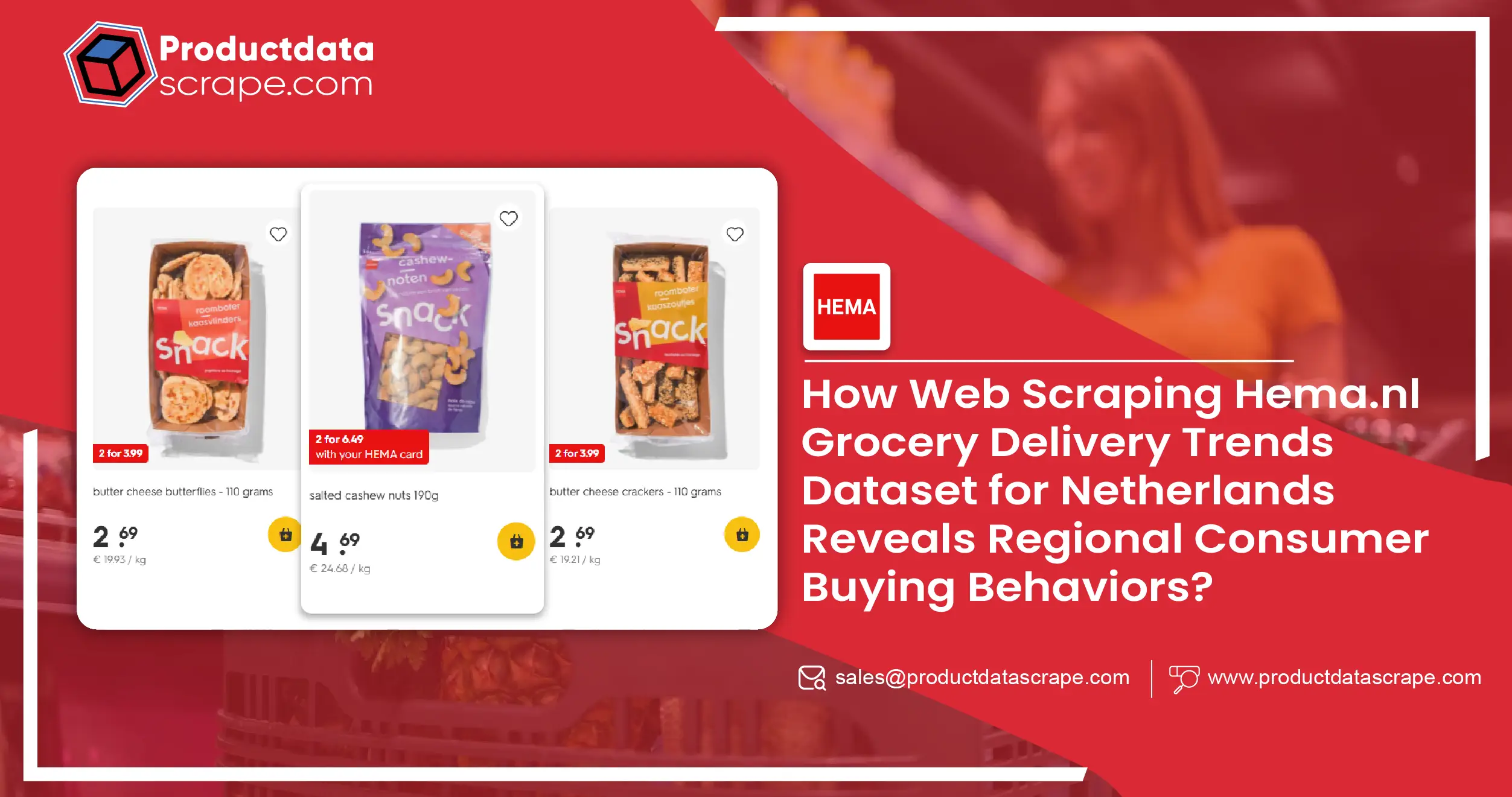
Introduction
The evolution of online grocery delivery in the Netherlands has witnessed a rapid
transformation, particularly post-2020. Among notable Dutch retailers, Hema.nl stands out due to
its hybrid portfolio of grocery, fashion, and lifestyle products. As consumer preferences vary
regionally, businesses require real-time, structured data to navigate pricing shifts, product
availability, and shopping patterns. This is where web scraping Hema.nl grocery delivery trends
Dataset For Netherlands becomes a game-changer.
Using advanced scraping tools and data pipelines, businesses can extract actionable insights to
analyze local market behaviors, identify emerging demands, and make pricing or stock decisions
based on evidence rather than assumptions. The dataset helps differentiate how consumers in
Amsterdam might shop differently than those in Rotterdam or Groningen. With demand for fresh and
packaged groceries rising in suburban zones, this dataset highlights not just what’s
trending—but where, when, and why.
Let’s explore how these datasets power smarter decision-making.
Regional Pricing Intelligence & SKU Comparisons
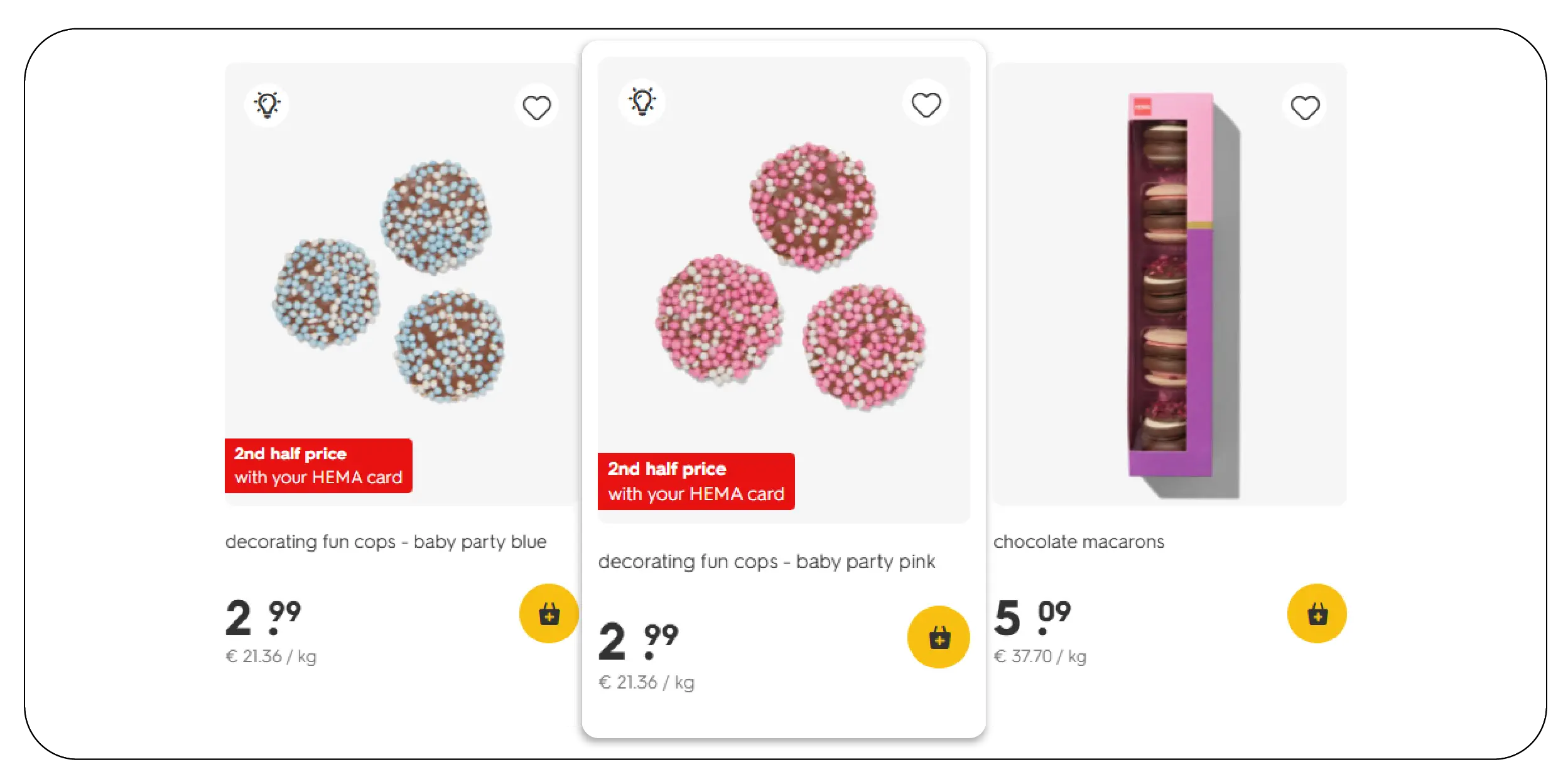
Pricing discrepancies across regions in the Netherlands offer major learning
points for retailers and suppliers. Between 2020 and 2025, price differentials for basic SKUs
like bread, dairy, and household items on Hema.nl varied by up to 11.4% across provinces.
Through web scraping Hema.nl grocery delivery trends Dataset For Netherlands, stakeholders can
capture price variations per postal code and uncover regional pricing strategies.
For instance, almond milk prices in Utrecht were consistently 6% higher than in
The Hague from Q3 2022 to Q2 2024. Brands can utilize Hema.nl product availability and pricing
scraping to study seasonal impacts, supplier bottlenecks, or dynamic promotions affecting
product pricing in different regions.
Table: Regional Price Fluctuations for Popular Groceries
(2020–2025)
| Product |
Avg Price Amsterdam (€) |
Avg Price Rotterdam (€) |
% Diff |
| Almond Milk |
2.49 |
2.35 |
+5.96% |
| Organic Bread |
3.10 |
2.80 |
+10.71% |
| Olive Oil |
5.90 |
5.75 |
+2.61% |
Understanding such differences enables optimized pricing decisions.
Availability Gaps & Stock Visibility
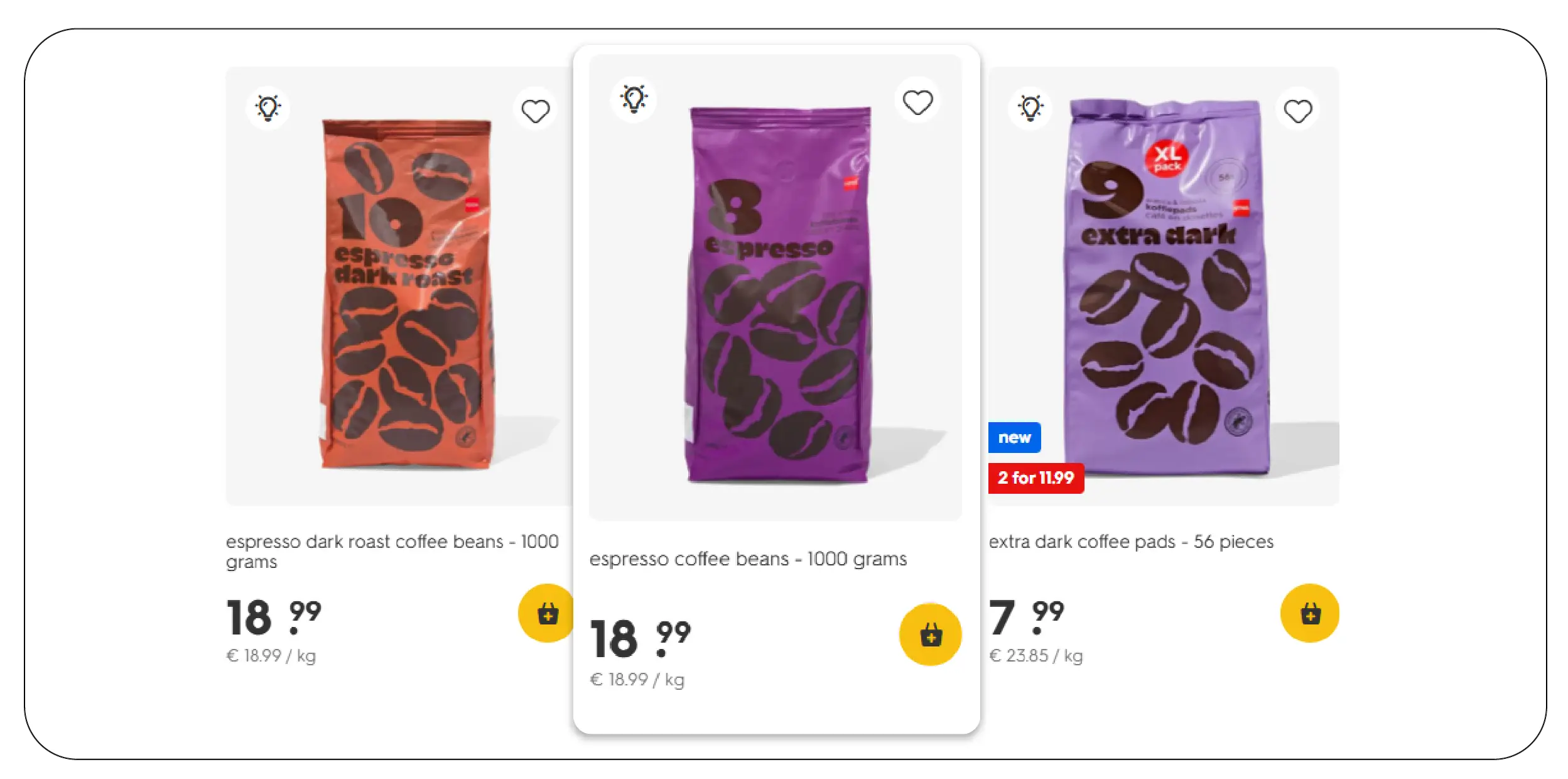
Stockout rates in the Netherlands have fluctuated sharply since 2020,
especially during seasonal spikes and logistical disruptions. Using Automated data extraction
Hema.nl product information, brands can monitor real-time stock trends and understand product
turnover rates.
Between 2021 and 2024, urban regions saw a 13.8% increase in stockouts of
pantry essentials during promotional campaigns. Leveraging Hema.nl grocery delivery trends
analysis, suppliers can detect SKU unavailability patterns and adjust distribution flows
accordingly.
Table: Stockout Trends by Region (2020–2025)
| Year |
Region |
Avg Monthly Stockouts |
| 2020 |
Amsterdam |
152 |
| 2022 |
Rotterdam |
187 |
| 2024 |
Eindhoven |
203 |
Proactive scraping of availability data helps automate reorder logic and
replenish logistics faster.
Identify regional stock shortages and optimize
fulfillment using Hema.nl stock data insights with our web scraping
Hema.nl grocery delivery trends Dataset.
Contact Us Today!
Trend Forecasting with Delivery Insights
Delivery time preferences, cart abandonment rates, and shipping delays form
critical layers of grocery trend forecasting. Web scraping tools for grocery delivery trend
analysis can help visualize order time patterns and fulfillment metrics.
From 2020 to 2025, Sunday deliveries from Hema.nl increased by 28%, showing
consumer reliance on weekend fulfillment. Meanwhile, morning delivery time slots were 35% more
popular among elderly customers in suburban regions. Such granular insights come from Scrape
hema.nl grocery data for netherlands and related trend visualization tools.
Combining timestamped order data with product category and location helps
brands tailor promotions to delivery preferences and avoid friction in logistics.
Category & Cross-Segment Behavior Mapping
Hema.nl doesn’t only sell groceries. The retailer offers lifestyle and fashion
products that provide wider behavioral insights. Extracting fashion and apparel data from
Hema.nl alongside grocery patterns gives retailers a 360° view of basket combinations.
By cross-analyzing categories, businesses found that customers buying baby food
also had a 41% probability of buying babywear, especially during Q1-Q2. These insights can be
gathered from structured Ecommerce Product Datasets that reveal affinity mapping.
Table: Cross-Selling Trends at Hema.nl (2020–2025)
| Primary Purchase |
Likely Add-on Purchase |
Affinity % |
| Baby Food |
Babywear |
41% |
| Organic Snacks |
Kitchen Containers |
36% |
| Fresh Juice |
Vitamins & Supplements |
29% |
This enables precise bundling and personalized marketing.
Competitive Benchmarking with Marketplace Data
In today’s competitive e-commerce environment, comparing Hema.nl to Albert
Heijn or Jumbo requires a robust data structure. With Hema Website Data Scraping Service,
companies can set up competitor intelligence pipelines to benchmark price, availability, and
delivery performance.
By comparing data scraped weekly, insights into promotions, bundle discounts,
and frequency of price drops can inform strategic pricing. Leveraging Web Scraping E-commerce
Websites provides a broader lens across multiple players, enabling better negotiation with
suppliers and improved store planning.
Gain a competitive edge with marketplace
intelligence—benchmark pricing, stock, and trends using Hema.nl grocery
delivery trends Dataset for the Netherlands.
Contact Us Today!
Consumer Sentiment & Reviews Analytics
Review scraping is a treasure trove for consumer insight. With Hema Product
Datasets and structured review data (ratings, keywords, sentiment scores), companies can track
public opinion on key SKUs and evolving preferences.
From 2020 to 2025, review volume for Hema’s organic product line increased 62%,
with sentiment analysis showing an 18% increase in positive keywords. Using tools like Hema.nl
Product Data Scraper, companies can flag issues, celebrate strengths, and optimize product
strategy based on real customer feedback.
Table: Sentiment Trends for Organic Category (2020–2025)
| Year |
Avg Sentiment Score |
Review Volume |
| 2020 |
0.64 |
2,430 |
| 2023 |
0.71 |
3,550 |
| 2025 |
0.76 |
4,680 |
These signals guide both R&D and CX improvements.
Why Choose Product Data Scrape?
Product Data Scrape offers tailored grocery data extraction pipelines that are
built for the dynamic nature of platforms like Hema.nl. Whether you want to analyze pricing
fluctuations, delivery timelines, or consumer feedback, we offer end-to-end web scraping Hema.nl
grocery delivery trends Dataset For Netherlands solutions that are secure, scalable, and
reliable.
With support for Extract
Grocery & Gourmet Food Data and custom category
segmentation, our tools ensure structured outputs that are ready for dashboards, ML models, and
inventory systems. We integrate Hema Website Data Scraping Service with cross-market tools so
that your dataset doesn’t operate in silos. Real-time scraping, on-demand dataset delivery, and
API integration make us a preferred partner in retail data transformation.
Conclusion
In the fast-evolving Dutch grocery landscape, data defines strategy. Using web
scraping Hema.nl grocery delivery trends Dataset For Netherlands, companies gain the edge in
trend identification, pricing strategy, product planning, and customer engagement. Instead of
operating on instinct, retailers and brands can now make every decision backed by
location-specific insights.
Unlock the power of structured retail data with Product Data Scrape. Our custom
web scraping services for Hema.nl ensure that your business has the latest, cleanest, and most
actionable insights to lead in a competitive market.
Ready to harness grocery trend intelligence? Contact
Product Data Scrape to
extract regional grocery delivery trends from Hema.nl and turn raw data into retail growth!




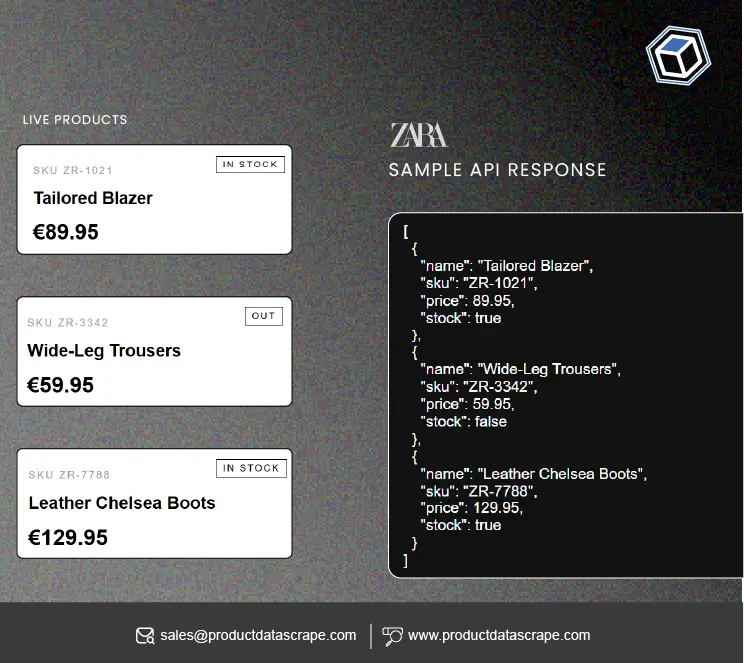


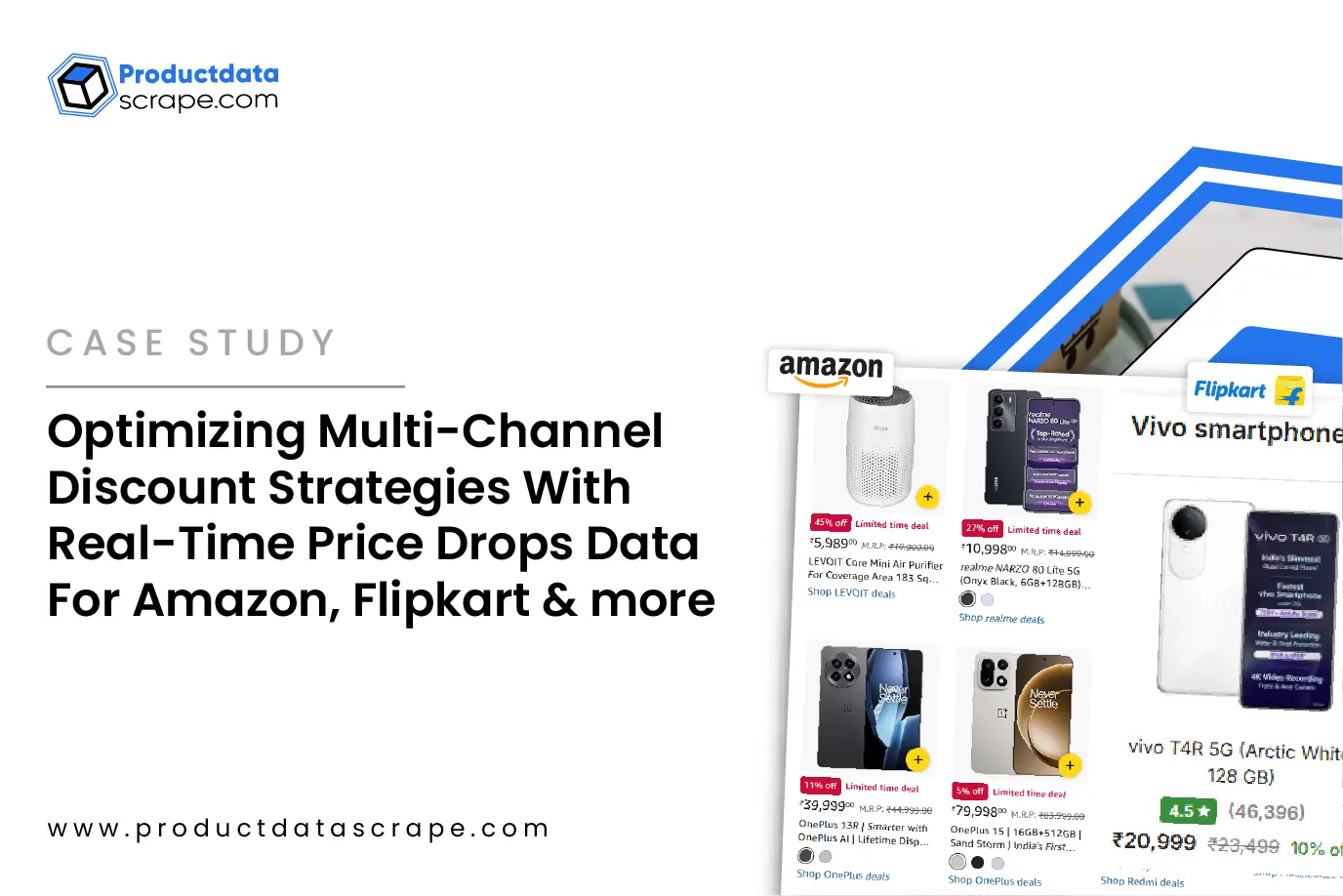










.webp)
-01.webp)

.webp)
